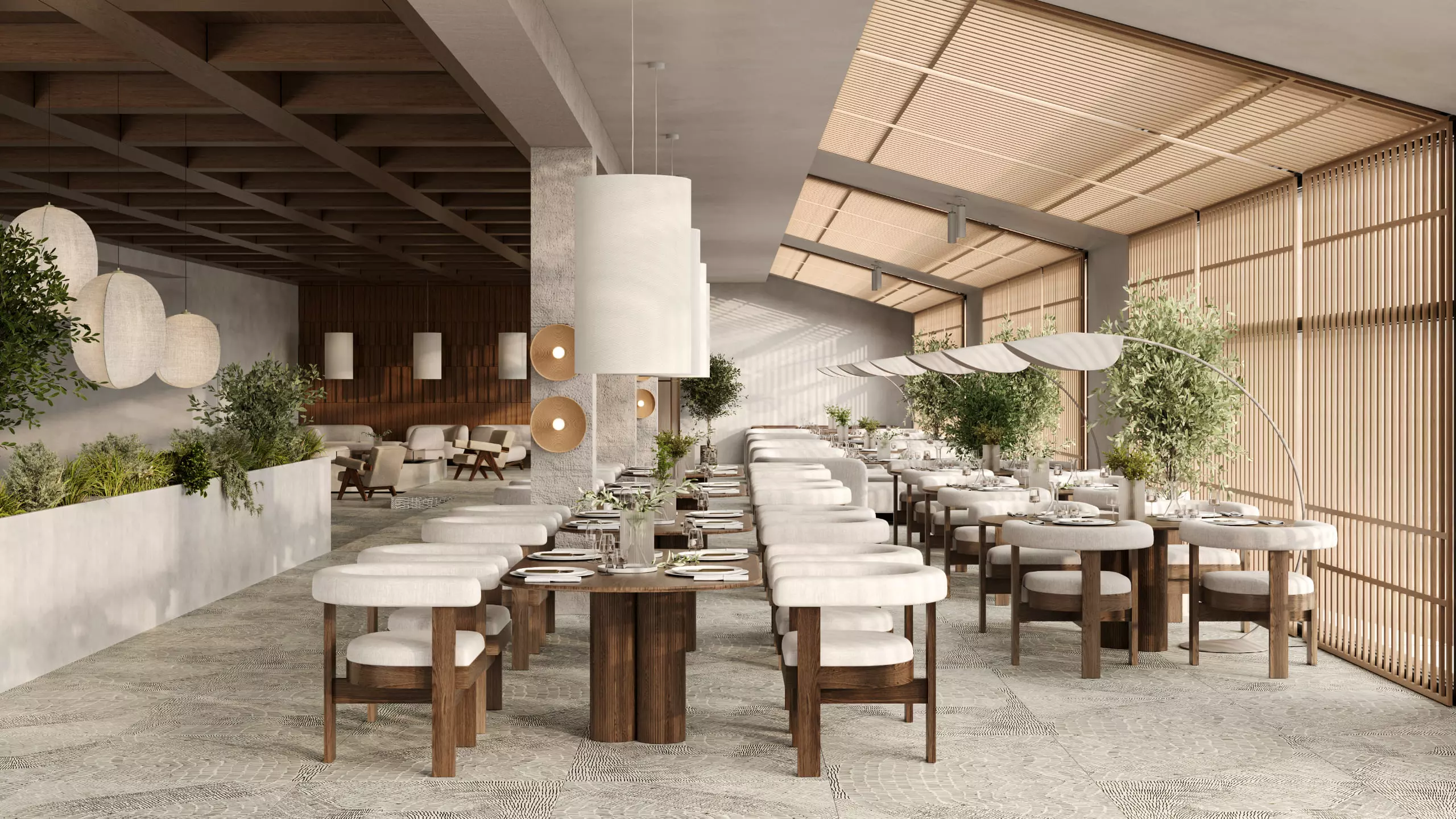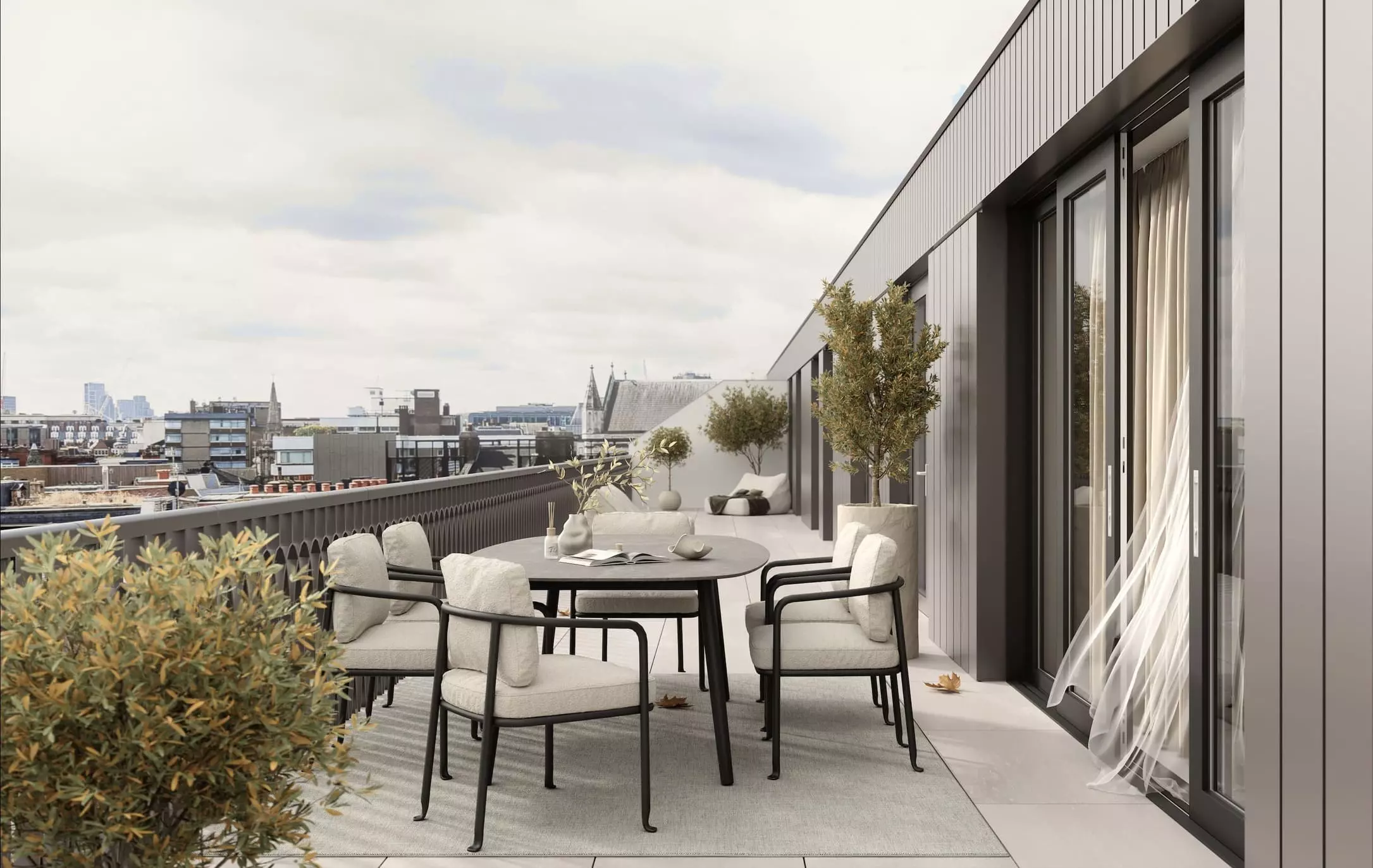Freelancing has become an essential career path for creative professionals, allowing designers, architects, and 3D visualizers to find exciting projects, work with global clients, and build independent careers. With the increasing demand for high-quality visual content in architecture, real estate, and interior design, freelancers can thrive by choosing the right platforms.
In this guide, we will explore the top freelance platforms for designers, architects, and 3D visualizers, along with tips on creating a standout profile and securing high-paying projects.
Best Freelance Platforms for Designers and Architects
For Beginners
- Fiverr: A great starting point for offering design and visualization services such as logo creation, 3D renders, and interior sketches.
- Freelancer: Offers a range of projects from small design tasks to larger architectural concepts, making it ideal for newcomers.
- Upwork: Suitable for all experience levels; beginners can start with simpler projects like 2D drawings or mood boards.
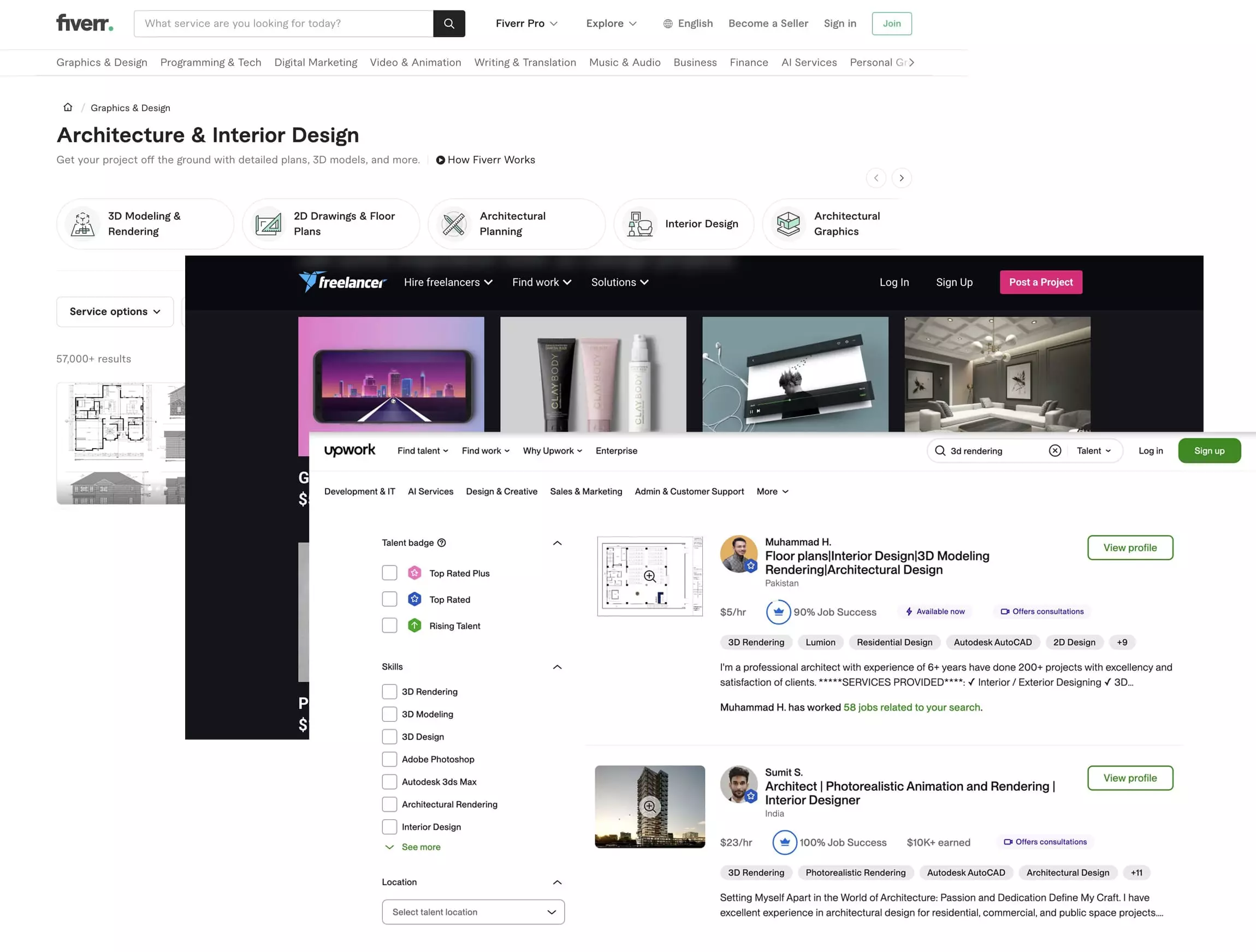
For Experienced Designers and Architects
- Toptal: A premium platform that connects high-level professionals with clients looking for top-tier architectural and visualization work.
- Houzz Pro: Specializes in interior and architectural design projects, helping freelancers connect with homeowners and businesses.
- PeoplePerHour: Best for professionals offering niche services like parametric design, advanced 3D modeling, and VR-based visualization.

Niche Platforms for 3D Visualizers
- CGTrader: Perfect for selling and freelancing in 3D modeling, rendering, and visualization.
- Behance & Dribbble – While not traditional freelance platforms, they serve as excellent portfolio sites to attract clients.
- We Work Remotely – Offers remote opportunities for experienced designers and visual artists.
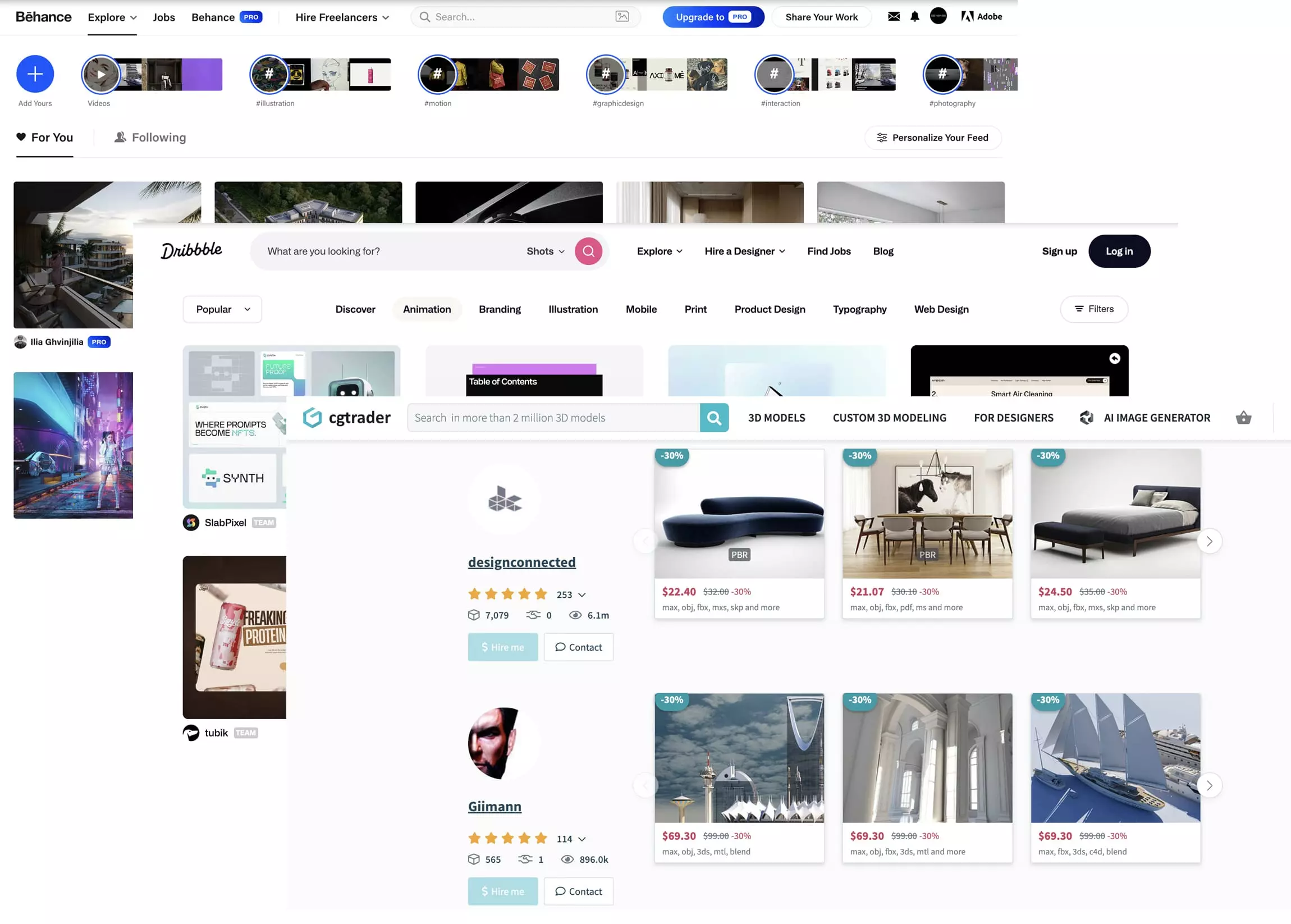
How to create a standout profile
Crafting a portfolio that sells your skills
Your portfolio is your digital business card. For a designer, architect, or 3D visualizer, it’s the first thing a client will check before considering your proposal. Unlike a resume, which lists qualifications, a portfolio shows what you can do, making it one of the most powerful tools to secure high-value projects.
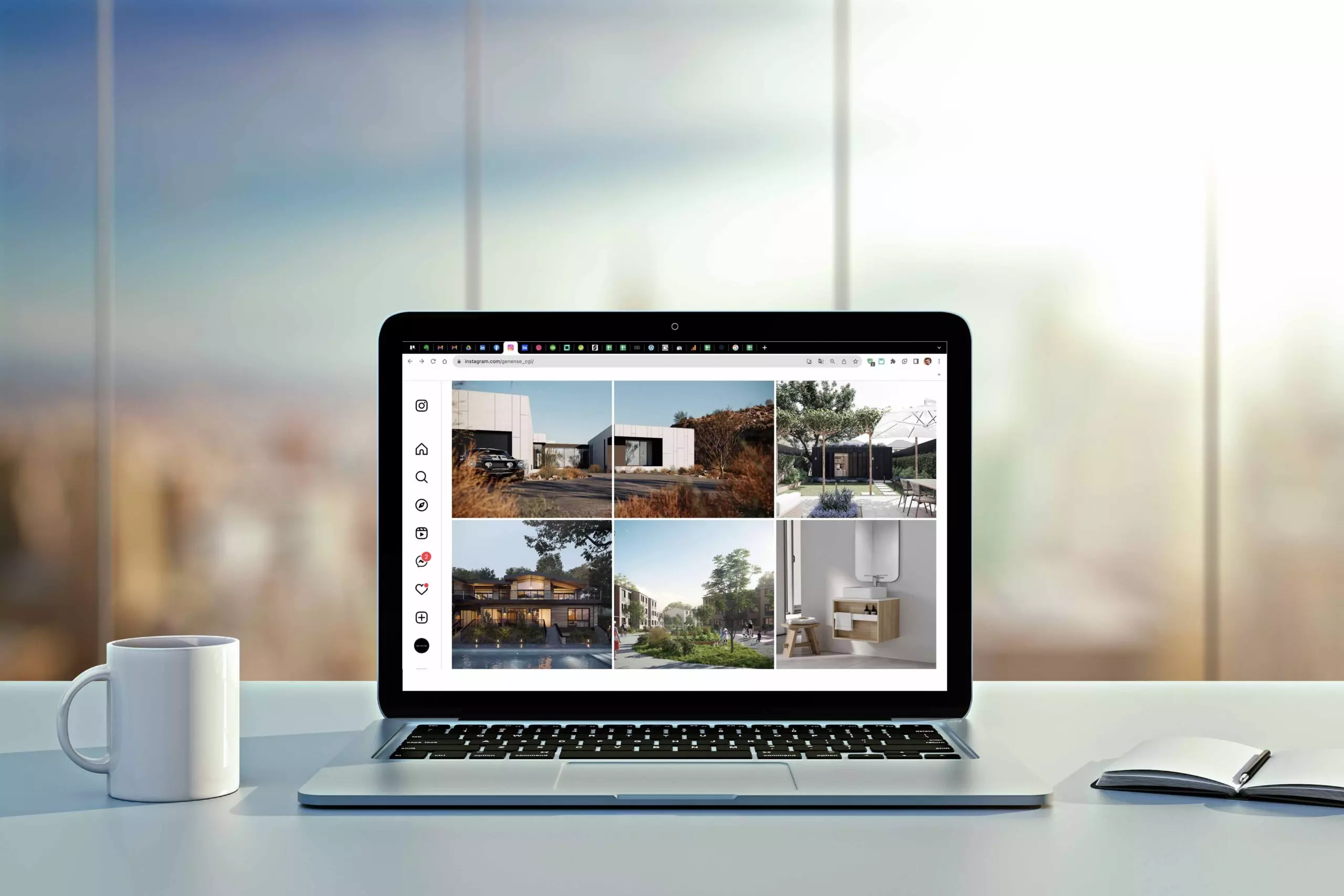
To make your portfolio stand out:
- Curate only your best work. Quality matters more than quantity. Instead of dumping dozens of projects, select 5-7 pieces that highlight your range of skills.
- Use before-and-after comparisons. This is particularly effective for architects and interior designers—showcasing how a space looked before your intervention and the transformation afterward can be very compelling.
- Include case studies. Simply posting images isn’t enough. Describe the challenges of each project, how you approached them, and the final outcome. If possible, add client testimonials or metrics (e.g., “3D renders used to sell 20% more apartments in pre-construction phase”).
- Organize your portfolio into sections. If you offer multiple services, such as interior rendering, product visualization, and 2D architectural drafting, separate them so potential clients can easily navigate your work.
- Use professional platforms. Behance, Dribbble, and Archinect are great for showcasing work, but having your own website gives you full control over presentation and branding.
👉 Pro tip: Many freelancers lose clients because their portfolios aren’t mobile-friendly. Make sure your images load fast and display well on all devices.
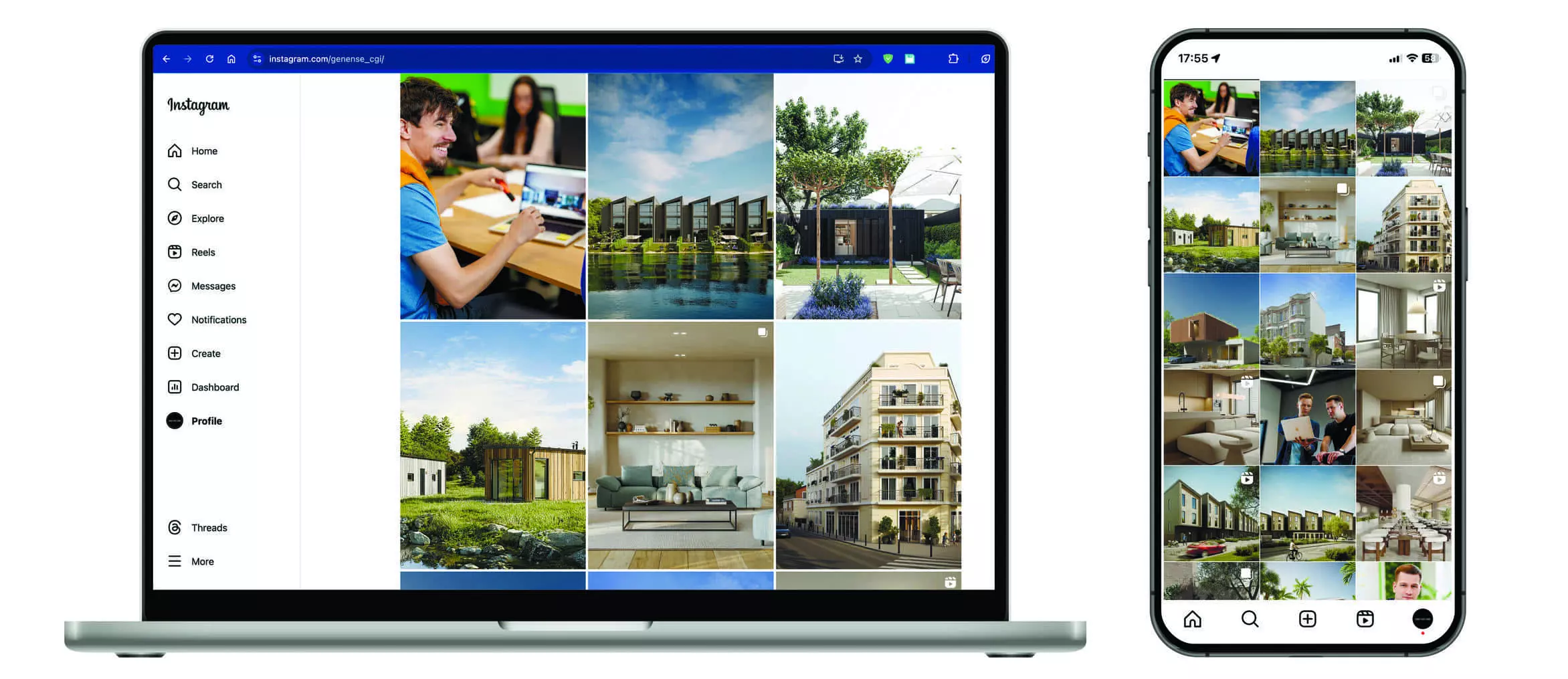
How to write winning proposals
Your proposal determines whether a client even considers you. Many freelancers make the mistake of sending generic, copy-pasted responses—but successful professionals tailor each application.
Here’s what makes a great proposal:
- Start by addressing the client’s needs. Instead of saying, “I’m an experienced 3D visualizer,” begin with: “I see you need high-quality renders for your real estate listings. I specialize in creating photorealistic interiors that help properties sell faster.”
- Explain your process. Clients like to know what to expect. Briefly outline the steps you’ll take to complete the project—e.g., “First, I’ll send you a draft in grayscale, and once approved, I’ll add materials and lighting for final rendering.”
- Highlight relevant experience. If you’re applying for an urban design project, don’t waste space talking about logo design. Focus only on what applies to the job.
- Keep it concise but informative. A long-winded proposal can be overwhelming, but a short one can seem unprofessional. Aim for 150-300 words, structured in short paragraphs.
- End with a clear call to action. For example: “If this sounds good, let’s schedule a quick call to discuss your project further. I’d love to bring your ideas to life.”
👉 Pro tip: Many platforms allow video proposals. A short, friendly video introduction can make you 10 times more likely to get hired.
Tips for securing high-paying projects
Building long-term client relationships
Freelancing isn’t just about finding new clients—it’s about keeping them. The highest-paid professionals often work with repeat customers rather than constantly chasing new projects.
To build strong relationships:
- Be professional yet approachable. Clients prefer working with people they feel comfortable communicating with. Keep interactions polite, but not robotic.
- Offer extra value. If you’re hired for an interior rendering, suggest a 360° virtual tour or an additional angle at a discounted rate. These small upsells can significantly increase earnings.
- Communicate proactively. If you foresee a delay or need additional details, don’t wait for the client to ask. Keeping them updated shows reliability.
- Deliver beyond expectations. High-quality work speaks for itself. If you consistently impress clients, they will return for more projects and recommend you to others.

Ensuring secure payments
One of the biggest concerns for freelancers is getting paid on time and in full. Avoid payment issues by:
- Using escrow services. Platforms like Upwork and Freelancer hold payments until both parties are satisfied, reducing the risk of disputes.
- Signing clear contracts. Every project should have a written agreement covering the scope of work, payment milestones, and revision limits.
- Offering flexible payment methods. Some clients prefer PayPal, others prefer direct bank transfers or Payoneer. Make it easy for them to pay you.
- Setting clear payment terms upfront. Avoid phrases like “Payment upon completion”—instead, structure it like this: “50% upfront, 50% upon final delivery.”
👉 Pro tip: If you work outside freelance platforms, always request a small upfront deposit before starting work to ensure commitment.

Common mistakes to avoid
Many talented designers and architects struggle on freelance platforms not because of skill gaps, but because they make avoidable mistakes:
Underpricing their work. Clients equate price with quality. If you charge too little, they may assume you’re inexperienced. Instead, set fair rates and justify them with your portfolio.
Taking unclear projects. If a client can’t provide a clear project brief, chances are they won’t communicate well later either. Always clarify details before starting.
Overloading with projects. It’s tempting to accept every job, but overcommitting leads to burnout and poor-quality work, which damages your reputation.
Ignoring client reviews. Before accepting a project, check the client’s history—if they have bad reviews from other freelancers, it’s a red flag.
👉 Final tip: Don’t be afraid to fire bad clients. If someone is overly demanding, refuses to pay fair rates, or constantly changes project scope, you’re better off investing time in better opportunities.
To sum up
Freelancing as a designer, architect, or 3D visualizer offers incredible opportunities but success doesn’t come from talent alone. A strong portfolio, well-crafted proposals, and professional client relationships set top freelancers apart from the competition.
By refining your profile, demonstrating expertise through high-quality projects, and securing reliable payment methods, you can build a stable and profitable career. The key is consistency: focus on delivering outstanding work, maintaining clear communication, and continuously improving your skills.
The right approach won’t just get you projects it will get you better projects, with higher pay and long-term clients.
Blog Sign up for new articles












